Forward by Greg Tinsley
Indian summer elk in the high backcountry of the Greater Yellowstone Ecosystem includes golden encounters with the uncommon blue grouse and the potential for jackpots with grizzly bears and timber wolves. The slug-fed Mossberg Bullpup is a comforting bedside companion on GYE campouts, and that level of firepower, or something similar, is a must-have when elk are on everyone’s menu.
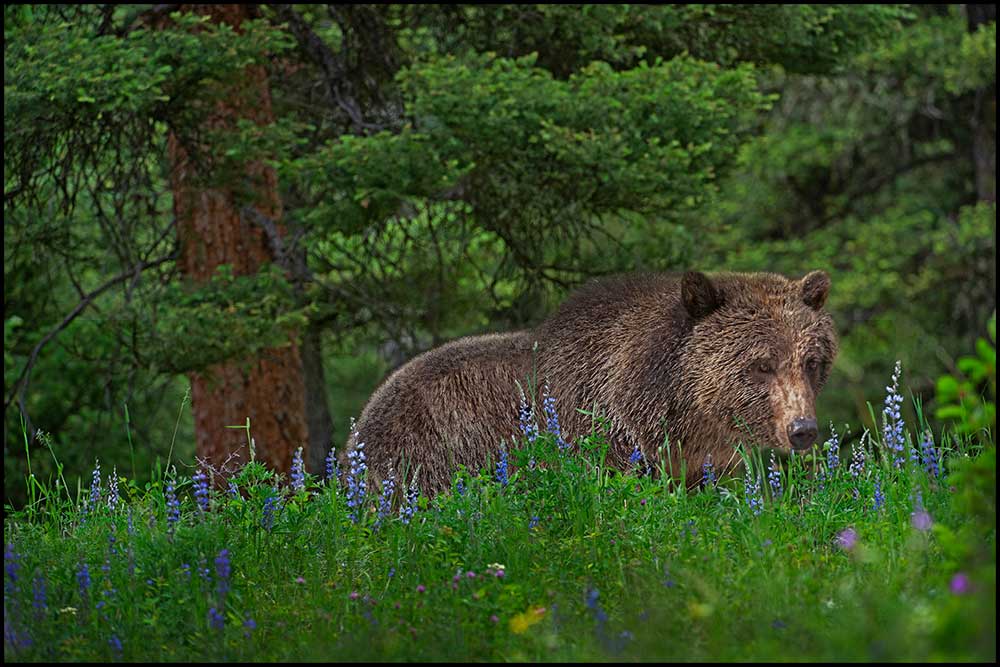
Charles “Carl” Mock, 40, was a super-capable outdoorsman when he intersected with the 400-pound Montana grizzly on April 15, 2021. He was a professional backcountry guide, a West-Yellowstone local beloved by both friends and family, and an avid trout angler, which he was pursuing on the day that the bear left him for dead.
With Mock losing his two-day battle to survive, the powerful bruin that got hold of him was killed in a shootout with a posse of avenging rangers who had, for reasons of public safety, tipped back into the site of the Mock attack – across crusty spring snow – to begin sorting out the calamity.
Fresh body parts recently separated from another grizzly bear were found in the offal of the 20-year-old boar that the rangers killed as it charged them.
In all of these horrors, according to authorities, the offending grizzly was only exercising its God-given right to kill, eat and protect its space.
Eighty-three days later, 250 miles north of the Mock attack, Ms. Leah Lokan, a 65-year-old extreme-touring cyclist and nurse from Chico, California, was dragged away and killed by another 400-pound grizzly. Lokan had been tent camping with two friends within the city limits of the mountain hamlet of Ovando, Montana.
Within 72 hours, the Lokan killer was dispatched by a sniper utilizing night-vision equipment.
In 1982, long before the well-managed resurgence of the magnificent grizzly bear again became a palatable factor in the Lower 48, I first bowhunted the elk of the Greater Yellowstone Ecosystem (GYE). That hunt also transpired before timber wolves from Canada began increasingly reappearing in the GYE.
My late brother-in-law, R.L. “Dick” Billingsley, orchestrated and wrangled the packhorses for that world-class DIY wilderness adventure. Dick had a passion for “wop-a-tees,” his own comical pronunciation of the paleo-American word that means “white deer.” He used Cervus Canadensis just as easily, but only if he wanted to tip his hat to Cervus elaphus, the European ancestor of our elk.
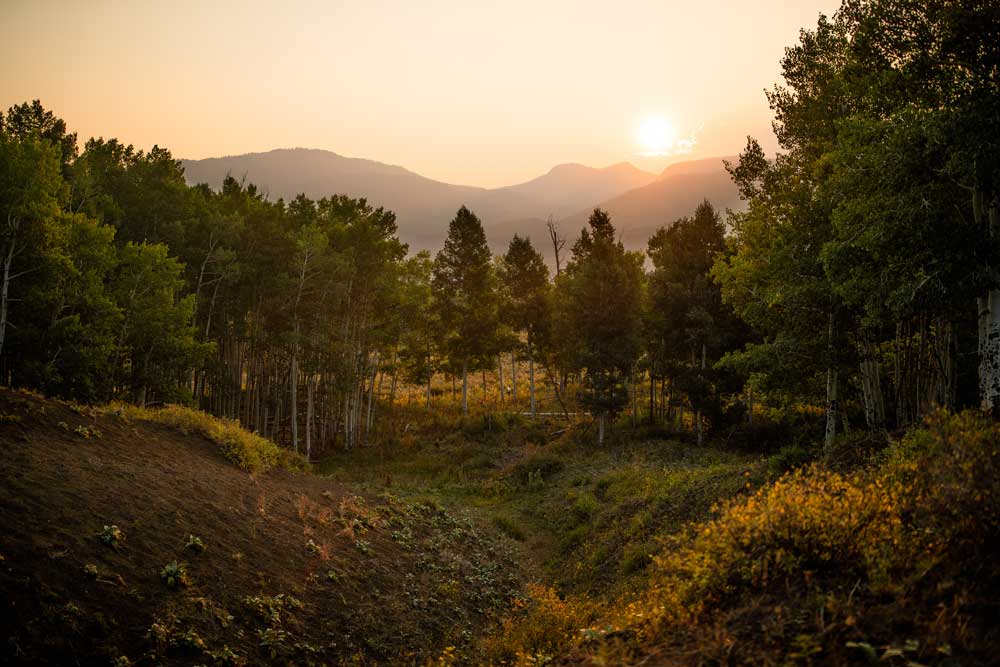
When fickle mountain winds soured our chances at bulls, he often called them other things, too.
Dick’s feelings for elk were contagious and complex. He loved them in the way that packs of wolves love them, but with the human compassions of complete wonder and empathy.
Sadly, most all of the apex country we experienced then was incinerated during the heart-breaking “Burn, Baby! Burn!” Yellowstone Fires of 1988. We never got back up there, because it was gone.
The 2021 return to the GYE occidental for elk was a big deal for many reasons. It is the seed bank of the Rocky Mountain elk herd, Dick had told me almost 40 years earlier. The bloodline of all Rocky Mountain elk in North America today – to include Arizona, New Mexico, West Texas, Colorado, Utah, Idaho and, most recently, Kentucky and Tennessee – all trace back to the wapiti (WAH-PEE-tee) of the GYE.
My awareness regarding the increased grizzly threat was heightened by the killings of Mock and Lokan during the smoky spring and summer of ‘21. In my absence, it seemed, the Wild, Wild West had indeed become much crazier – to include thriving wolf packs and hunting management programs designed to keep them in balance with their competitors and their prey species.
To great relief, our exceptional 2021 Montana elk hunt was not interrupted by grizzlies. Son and I did appreciate the wet track of a wolf in the mud of the aptly named Wolf Creek. But nada was the number of game bags we filled with venison – a common theme when bulls prove loathe to bugle. Unseasonably warm and dry. Weird year. I’m a rank neophyte… pick one or all.
In the name of the North American Model of Wildlife Conservation, bull or no bull, there was complete satisfaction in our monetary compensations for the great work of Montana Fish, Wildlife & Parks. Affordably living such grandeur, however briefly, is always an incalculable blessing.
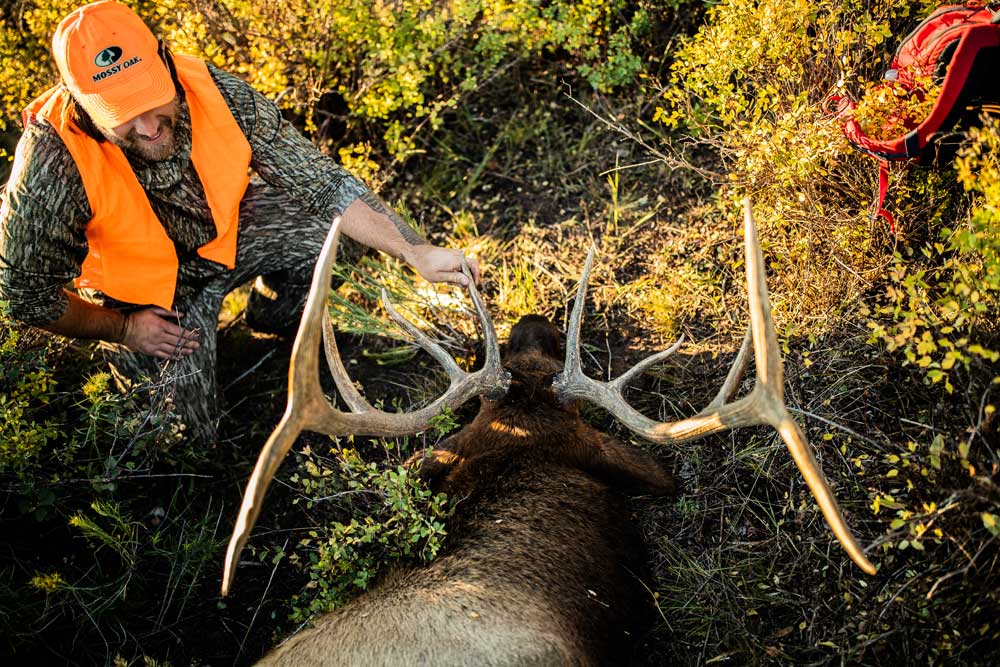
Upon my return from The Big Sky to approximate sea level, I found an interesting piece from the recent pages of Bugle magazine, the award-winning journal of the Rocky Mountain Elk Foundation (RMEF). It concerned the shameless legal shenanigans that continue to negatively impact big-game management in the GYE. I was pretty well acquainted with the meat of the article, but the specifics were eye-popping.
On behalf of your friends at Mossy Oak, I encourage you to join or renew your membership to RMEF (www.rmef.org), the leading voice in elk, elk hunting and conservation since 1984. For the sake of brevity, clarity and my own emphasises, what follows is an edited version of that terrific RMEF original:
The Parasites of Conservation
When the federal government listed grizzly bears as threatened in the Lower 48 under the new Endangered Species Act (ESA) in 1975, an estimated 136 grizzlies remained in the nearly 6 million acre Greater Yellowstone Ecosystem (GYE).
By 2007, U.S. Fish and Wildlife Service (USFWS) scientists estimated the GYE population had quadrupled to more than 500 bears and expanded its range by more than 50 percent. This exceeded all of the federal recovery criteria and the USFWS removed the Yellowstone grizzly population from threatened status. In short, the ESA functioned exactly as it was designed.
Environmentalists immediately sued, citing uncertainty regarding food sources. A judge agreed and returned them to fully protected status.
Subsequent research showed that the bears adapted well, overcame the perceived food challenges and continued to grow in numbers and range.
In 2017, citing an estimated population of 750 bears and further expansion of occupied range—again exceeding all delisting criteria— the Department of Interior removed grizzlies’ threatened species status once more, returning management of the great bears to the three state wildlife agencies in the GYE.
Once again, environmental groups took their arguments to court. In 2018, a federal judge cited technicalities and ordered the population be re-listed again. The federal government and states of Idaho, Montana and Wyoming intervened on behalf of delisting, and the Rocky Mountain Elk Foundation and the Sportsmen’s Alliance Foundation filed a brief in support of delisting to the Ninth Circuit of Appeals. However, the court upheld the re-listing decision in July 2020. In April 2021, biologists from both the USFWS and Interagency Grizzly Bear Committee revised the estimated grizzly population in the GYE to upwards of 1,000 bears. That’s almost a tenfold increase from where the population stood when they were listed as threatened 46 years ago.
Citing the Equal Access to Justice Act (EAJA) in that most recent round of litigation, environmental groups filed requests to be reimbursed for “reasonable” attorney fees up to $460 an hour. A few of those groups included the Alliance for Wild Rockies, Center for Biological Diversity, Humane Society of the United States, Sierra Club and WildEarth Guardians. The total combined ask amounted to more than $1.4 million in taxpayer money.
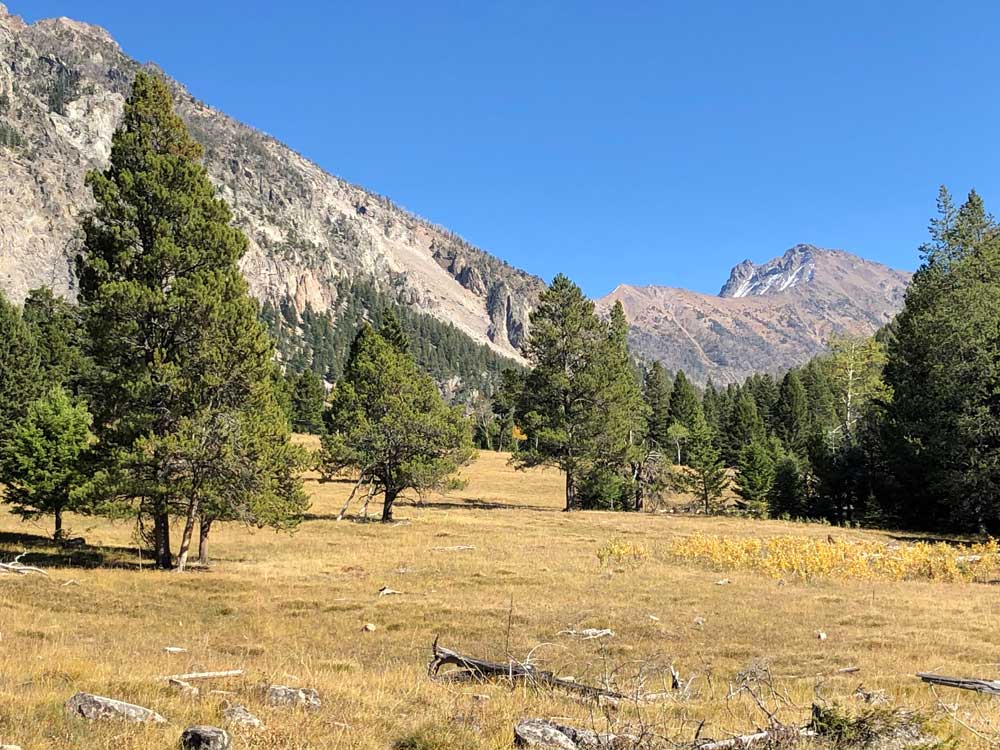
“The really unfortunate thing is when these groups win, the Department of Justice negotiates the fees, but it’s the individual agency that must pay. So, in this case, it would impact the budgets of the U.S. Fish and Wildlife Service, but in other cases it could be the Forest Service, Bureau of Land Management or another federal agency,” said Blake Henning, RMEF chief conservation officer. “All of those agencies are already underfunded, and this just hurts them more…which leads to more and more lawsuits. It’s become what amounts to a ridiculous, non-stop merry-go-round ride.”
“EAJA was passed primarily in response to demands from the small business community, which was laboring under the increased environmental, consumer and health and safety regulations of the 1960s and 1970s,” said Lowell E. Baier, an attorney in Washington, D.C., and the author of the 2015 book Inside the Equal Access to Justice Act: Environmental Litigation and the Crippling Battle Over America’s Lands, Endangered Species and Critical Habitats. “The concern was that when an agency such as OSHA or the EPA improperly fined a small business, the small business might win in court but be bankrupted by having to pay its lawyers.”
EAJA also applies to veterans seeking benefits from the Department of Veterans Affairs (VA) as well as the Social Security Administration (SSA), Baier point out. In fact, the vast majority of people garnering funds from the EAJA have been veteran or senior citizen beneficiaries suing the SSA or VA. Their awards average just a few thousand dollars each. But those payouts make a real difference for people who have no other remedy to receive the benefits they deserve. As a result, EAJA remains a critically important law for the everyday American.
According to Baier, the intent behind the law has not changed much over the 41 years since its passage, but the nature of its use certainly has. The EAJA included a cap on the net worth of any person or company that may benefit from it to make sure it serves real needs. However, in the final stages of establishing the EAJA, a last-minute amendment opened the door for nonprofit organizations to use it regardless of their net worth. This distinction grew murkier after 1995, when Congress eliminated a provision requiring annual reports of expenditures under EAJA. This opened the door for environmental groups to receive EAJA awards without the public ever realizing it.
“That set up a situation where environmental groups worth hundreds of millions of dollars could have their legal fees covered in cases where they used procedural laws like the National Environmental Policy Act to delay government projects they opposed for philosophical or political reasons. And in most cases, the money would be paid to the environmental group in a lump sum as part of a settlement agreement, with little if any oversight by the court, and then just disappear,” said Baier. “In theory, the law has a cap on fees, but that can be waived for lawyers with special expertise, such as in environmental law, when they’re paid market rates. We’ve documented numerous cases where payments were in the hundreds of thousands of dollars, and even over a million dollars in some cases.”
Beginning in 2012, a bipartisan Congressional effort required the Department of Interior to disclose EAJA payments, and the John D. Dingell, Jr. Conservation, Management, and Recreation Act of 2019 permanently restored EAJA reporting throughout the entire federal government. Baier said this greatly reduced litigation from many organizations because they did not believe the negative publicity was worth the money.
Still, such litigation does persist—with some groups continuing to thrive on it.
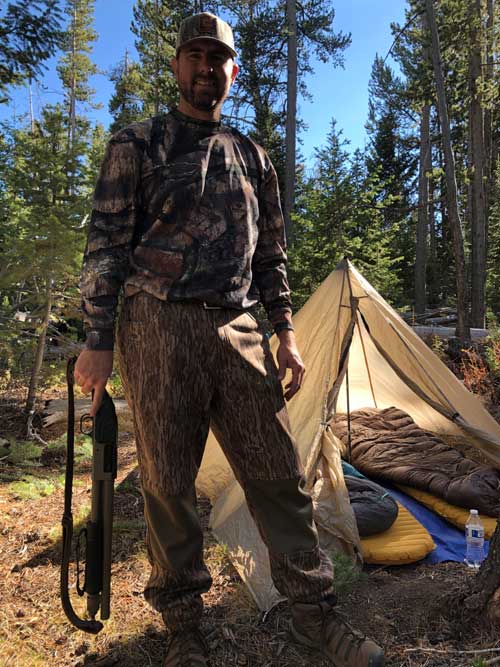
Sue and Brag and Profit
Not only do litigant groups generate money from attorney fees but they then use that financial windfall to bankroll large marketing campaigns to solicit more donations based on court cases.
“Environmental groups use the ESA, and challenges to decisions under the ESA, as incredibly effective fundraising tools,” said Pat Crank, former Wyoming attorney general and vice president of the Wyoming Game and Fish Commission, while testifying before the U.S. Senate Committee on Environment and Public Works in 2020. “They challenge any delisting of the GYE grizzly for reasons that ignore the amazing success story of the GYE bear recovery. Every challenge leads to millions of dollars pouring into their coffers.”
It’s a cycle that has repeated itself year after year. In 2012, a report compiled by the U.S. House Natural Resources Committee used data from the Department of Justice to show that the federal government defended more than 570 ESA-related lawsuits over a four-year period (2009-2012) which cost American taxpayers more than $15 million in attorney fees. This occurred during a window when all of the environmental groups mentioned above were especially active, including several that filed multiple lawsuits seeking to stop the state management of wolves in the northern Rockies.
“This data provides further evidence that the ESA has become litigation driven, where money and resources are spent addressing endless, frivolous lawsuits instead of species recovery,” the report stated.
Courtroom Cowboys and Spin Doctors
Conservative Americans frown on many environmental organizations due to their litigation-heavy reputations. So, many of those same environmental groups have consciously shied away from the terms environmentalism or environmentalist and replaced them with conservation and conservationist.
Among the more notable offenders are Alliance for the Wild Rockies, Center for Biological Diversity (46 attorneys), Defenders of Wildlife, Earthjustice (143 attorneys), Humane Society of the United States, Sierra Club (legal staff of 104), Alliance for the Wild Rockies, Native Ecosystems Council and WildEarth Guardians. Of these nine, the Humane Society of the United States filed almost half of the more than 570 lawsuits in the 2012 report.
The Center for Biological Diversity (CBD) based in Tucson, Arizona, topped the 2012 report’s list of “most litigious organizations” with 117 ESA-related lawsuits. CBD’s website boasts a “Trump Tracker,” a listing of all 266 environmental lawsuits (one every 5.5 days) it filed against the U.S. government during the Trump Administration.
The Administrative Conference of the United States, an independent federal agency that develops recommendations to improve administrative process and procedure, found 15 federal agencies paid more than $58 million in awards of attorney’s fees and other expenses under EAJA during Fiscal Year 2019. Again, that $58 million comes out of the pockets of America’s taxpayers.
The hijacking of the word “conservation” by environmental groups is particularly vexing. CBD, for one, refers to itself as “a national, nonprofit conservation organization.”
[Conservation is commonly defined as the science-based, wise-use, human management of our shared natural resources. In a “nutshell,” environmentalism is the “Burn, Baby! Burn!” human-hands-off approach to ecosystems.]
Are these EAJA/ESA operations the acts of conservationists? Or is this carpet-bagging environmentalism at the expense of wildlife and taxpayers?
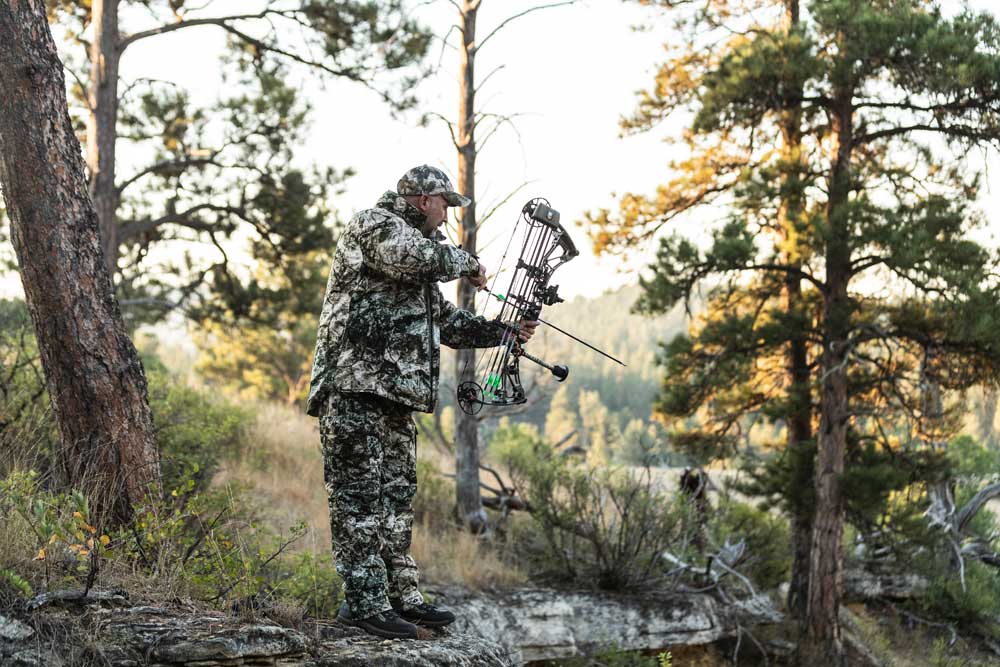
The original intent of the EAJA was unquestionably sound, as were the reforms delivered under the Conservation, Management, and Recreation Act of 2019. The great majority of the people who benefit from EAJA do indeed receive justice and are fully deserving.
What to do?
Choke out the cynical, niche-industry environmental raiders from receiving public-funded reimbursements for the frivolous courtroom antics of their legal teams. These settlements to Big Environmental are also used to solicit “operational” cash and to further bilk an unsuspecting citizenry of member fees and donations. Our representatives at the state and federal levels must be fully awakened to the harm of this red-tape gaming, which is anathema to the public good and the preeminent North American Model of Wildlife Conservation.
True Wise-Use Conservation is the Only Way
To date, the Rocky Mountain Elk Foundation has conserved or enhanced more than 6.8 million acres of wildlife habitat and permanently protected 1.3 million acres of land. That amounts to more than 8.1 million acres of combined conservation work. RMEF played a pivotal role in restoring wild, free-ranging elk to Kentucky, Missouri, North Carolina, Tennessee, Virginia, West Virginia, Wisconsin and Ontario.
RMEF has invested millions of dollars to research, the key to delivering the most effective and efficient wildlife management that the world has ever seen. Please join or renew by visiting www.rmef.org.































